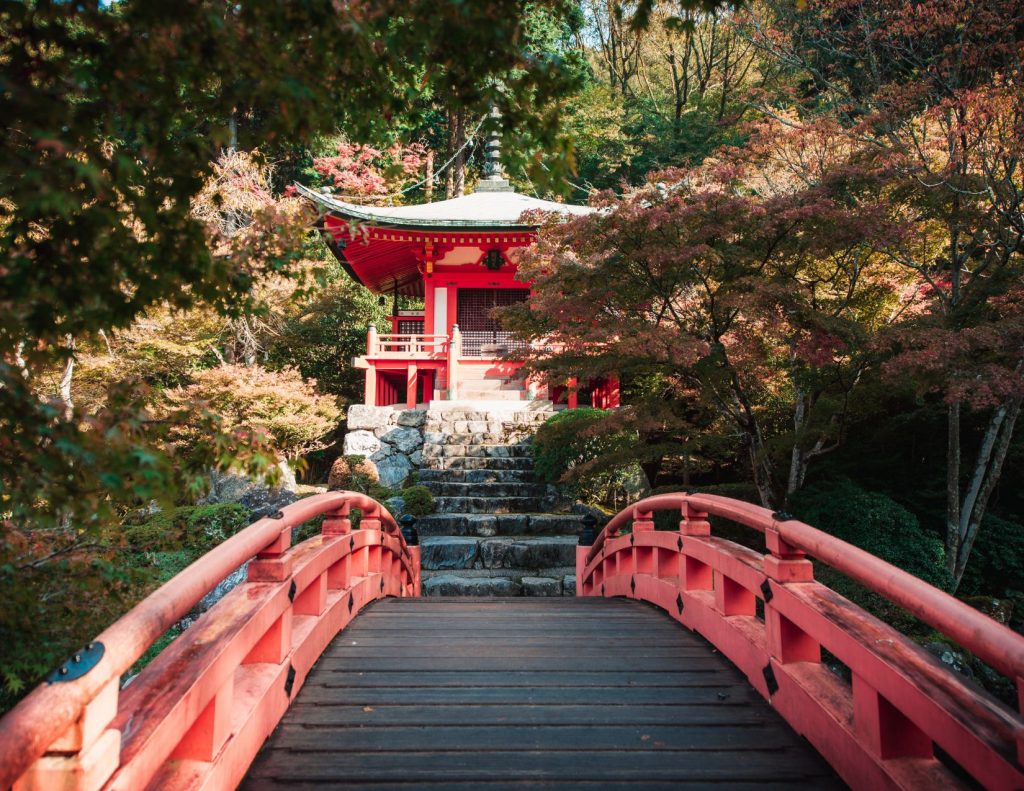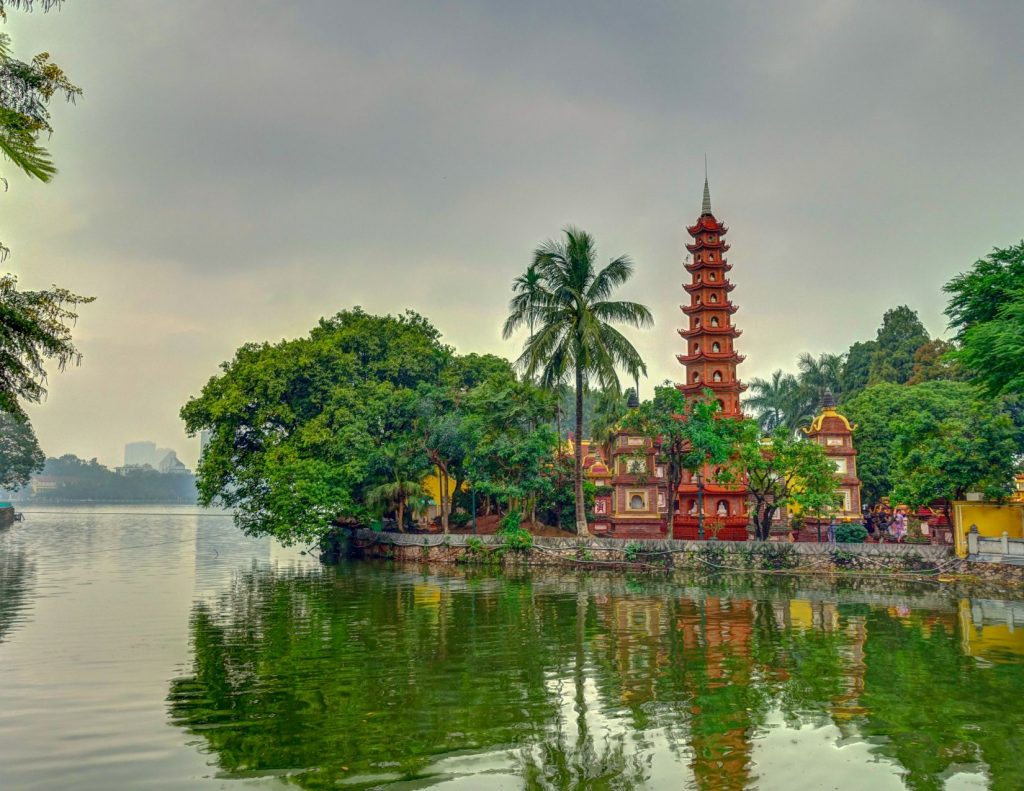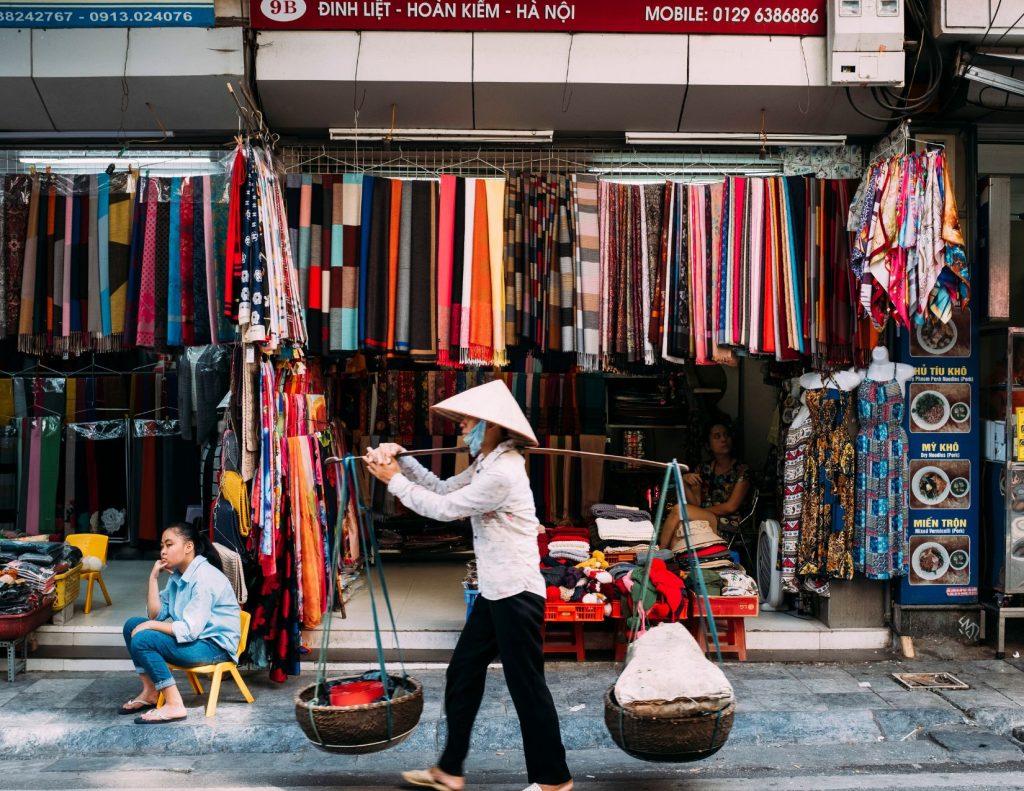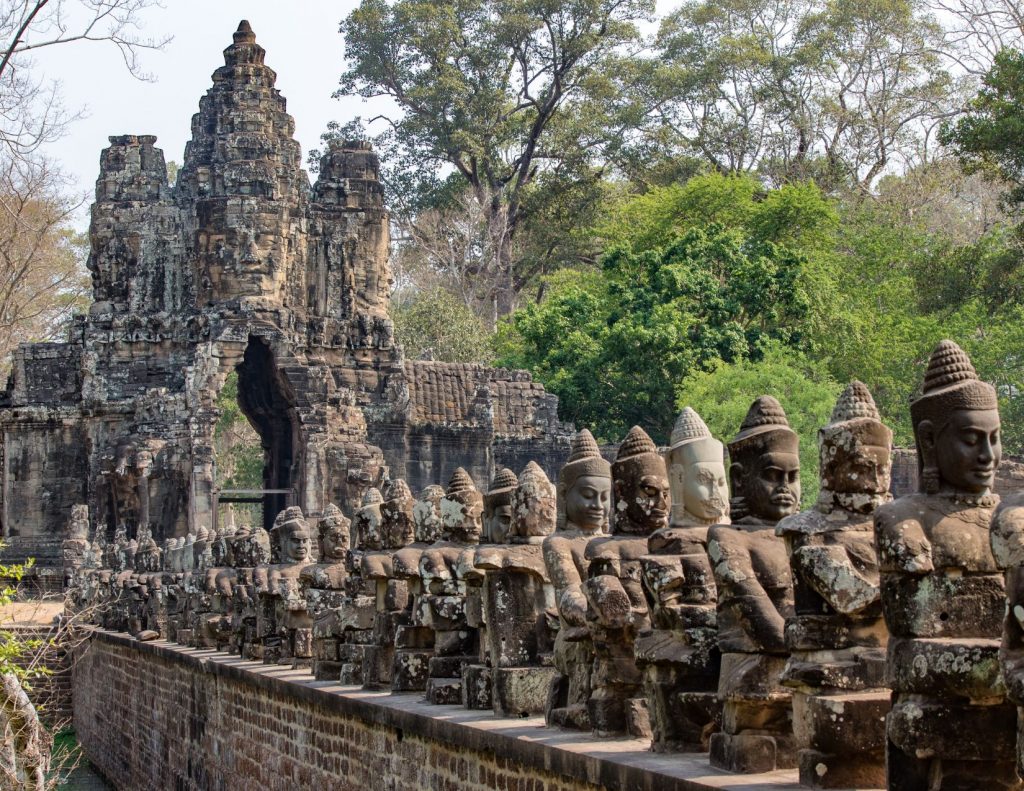Exploration in solidarity lands
(2023)




The destination choice was made during the pandemic lockdown. We dreamt of a confounding cultural trip, but were worried about the promiscuity or the weakness of health measures in certain destinations. Vietnam seemed like a secure and seducing destination through its cultural practices like the respect of personal space and wearing masks as a precaution. Later on, the itinerary widened to Japan as we lengthened the layover to 2 weeks and added Cambodia to visit Angkor and to get the taste of the excellent cambodian cuisine.
Japan has four main island ; Honshu, Hokkaido, Shikoku and Kyushu. Surrounded by different waters, the country touches the Sea of Okhotsk at the northern border, the Pacific Ocean south and east and the Sea of Japan on the western coast seperating it from the Asian continent. The mountain dominates and the forest covers more than half of the territory. Winters are rigorous in the North and summers are mostly mild and humid. The numerous historical sites are proof of its rich and anciant history. Japan’s proximity to North Corea creates an almost constant fragile situation related to the nuclear tests, even though it is mostly considered as a safe country.
Vietnam is known for its very long marine façade, opening it to the Pacific Ocean on the east, south and south-west. The country is limited at the western border by Cambodia and Laos and up north by China. The end of the Vietnam War marked the reunification of the South and the North in a new Vietnam. After 1985, and the death of the conservative communist leader, Vietnam initiates economic and social reforms. These are truly liberating for the country, asserting itself as dynamic emerging country. The political system remains authoritarian, the Vietnamese Communist Party governs as it is the only party.
Cambodia, diving in the Gulf of Thailand on the western border, is limited down south and east by Vietnam and at the northern border by Laos and Thailand. The country, with its warm and humid climate, is mostly plains covered in forest or savannah around a central depression. Most population is situated in this area, living mainly of the culture of rice. Agriculture offers jobs to 70% of the total population which makes it the dominant economic sector by far. Cambodia is a poor country with one of the lowest annual per capita income in the world. The economy is marked by years of war and, even though it is officially a democracy, its main leader, Prime Minister Hun Sen, had been in power for many decades.





Subscribe to the travel newsletter from our collaborative booking platform Vaolo to find out what’s new, follow our explorers and receive tips for more conscious travel.
The use of the masculine gender has been adopted for ease of reading and has no discriminatory intent.
© 2025 All rights reserved. Village Monde.
By continuing to use the site, you agree to our privacy and cookie policy
I accept